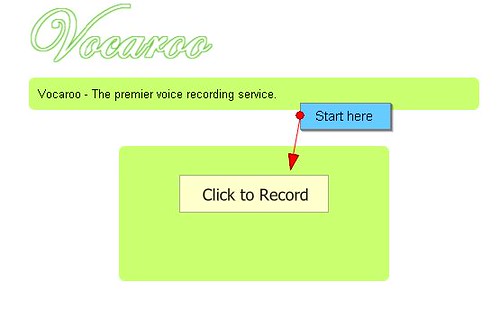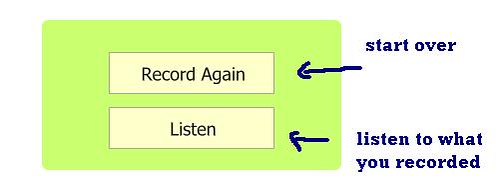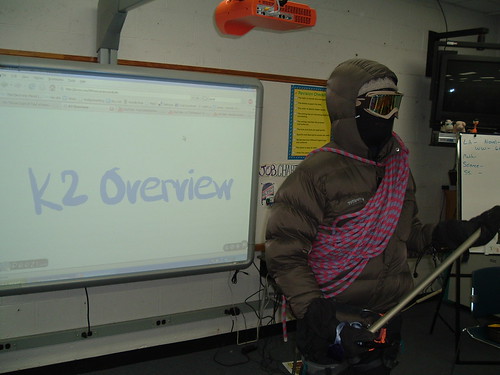Bonnie and I (and a few others) are about three months into a project funded by the National Writing Project to create an online writing community for NWP teachers called the iAnthology. It’s been pretty exciting. We are using a Ning and we have created it to resemble another online network that all NWP folks use during their Summer Institute (a four week professional development that will change the way you teach and connect with others … guaranteed).
Although we began with folks in New England and New York (our home turf, so to speak), we have slowly opened up the doors to teachers from other parts of the country. It’s a closed site with a public face, but we want to reserve the space for teachers who are connected with NWP.
We were looking at some raw numbers the other and I was amazed at the amount of activity it shows.
We now have 165 members
15 Writing groups
Total amount of posts: 173
Total amount of comments: 1,510Combined total (amount of writing on site): 1,683
(Note: in late September, we had 443 pieces of writing on the site)
Some things I’ve noticed:
- Our site follows the mathematical power law data tail that Clay Shirkey talks about in his book — Here Comes Everybody — in that we do have a large pool of teachers, but most are either lurkers or joiners, with a select group doing most of the writing and connecting. This a common trend for social networks. What we want to do is entice those in the middle of the data tail to remain engaged and join us from time to time.
- We’ve set up the iAnthology site to resemble the site most of our folks used during their own Summer Institute (called the eAnthology — get the connection?), so that the interface will seem familiar to folks. Of course, there is not a direct correlation, as they are different platforms. But we used a lot of the same language for peer feedback and created groups with similar names to the other network. We want the hurdles low. We don’t expect the teachers in our network to be tech specialists.
- We have places (groups) for people to develop longer pieces of writing (creative writing and professional writing) but Bonnie made the smart move early on to set up a weekly writing prompt. We have found that this simple activity brings a lot of folks to the site for some writing, and then connecting. Again, a low hurdle is key.
- Our site has been used by folks writing for publication, for sharing ideas for the National Novel Writing Month and more. It’s a sounding board for review and revision of pieces of writing, and a supportive place to hang out, too.
- We are all part of a common experience — the National Writing Project — and that common identity binds us together in really cool ways, so that geography is not so important, even though we bring our localized experiences to the online environment. I see this sense of identity as crucial for the life of any online social network.
- It’s vital that a small group of people be the face of the site, welcoming new folks in and providing frequent feedback to any writing. The last thing we want is for someone to be excited about our site, post some writing and then receive nothing but a gaping maw of silence. So, we have a team of moderators who go in periodically to comment and respond, and to model commenting and responding for others. It did not take long, though, for members to take over themselves, which is what we want.
- When Bonnie and I started, we did not know if anyone would come or want such a space. They do. And we know teachers are busy people — there is no right time to launch such a site — September is busy, then you are into the holidays, etc. — so we did it and then have been nurturing periods of growth.
We’re excited about what we set in motion and wonder where it will be heading. If you are part of the National Writing Project and want to join us, leave a note in the comment box here, and we’ll send you an invite.
Peace (in the connections),
Kevin






